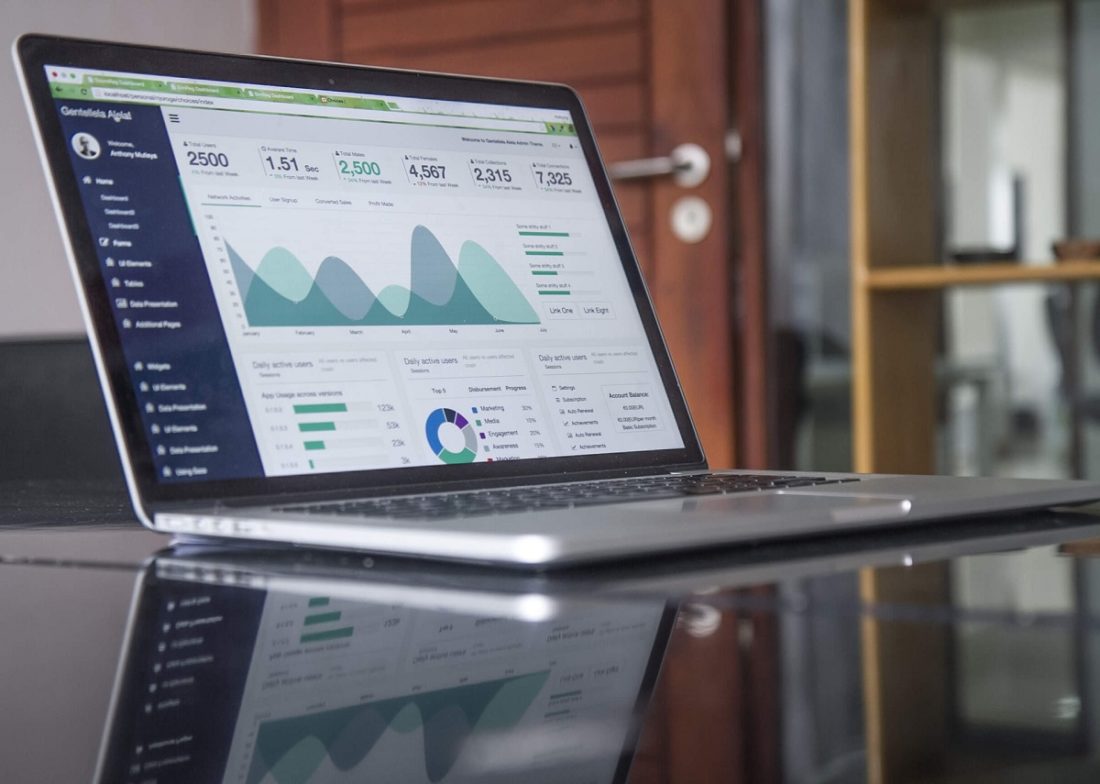While digital marketing has been on the rise for years, social distancing guidelines due to the spread of Covid-19 have only produced a more competitive and saturated online environment. As the web becomes increasingly crowded, it’s critical for marketers to evaluate their ad revenue strategies and allocate budgets accordingly.
In this post, we’ll discuss how so many companies leaping online to accommodate social distancing impacts digital advertising. Then we’ll offer three key tips for evaluating your current strategy and building a more stable and effective model. Let’s get started!
An Overview of the Coronavirus’ Impact on Digital Marketing and Ad Spend
Driven by the current global health crisis, social isolation is forcing both businesses and consumers to reevaluate spending habits and make difficult budgeting decisions. Gone are the days when providing digital experiences was an added business advantage; it’s now both necessary and expected of companies.
However, in addition to becoming increasingly crowded, the online advertising landscape is further complicated by the need for businesses to dial back their budgets. Many are tasked with figuring out how to do more with less. A Conductor survey found that 65 percent of marketers expect a decrease in annual marketing budgets and 86 percent anticipate their marketing goals will be more difficult to reach.
Covid-19 hasn’t just impacted the way businesses operate but is also influencing the online spending behaviors of consumers. They have more choices, but a shift in priorities also means they are more selective as to what they purchase and from whom.
EY researchers identified new consumer behaviors that have emerged as a result of the pandemic. While some are focused on saving, stockpiling, and buying only the essentials, others are increasing spending as a form of retail therapy. Moreover, 46 percent of consumers say the brands they buy from are more important to them now than pre-pandemic.
The coronavirus and social distancing translate to more time spent online consuming digital content and media. While this presents growing opportunities to attract and engage audiences on various platforms, the key is knowing which channels are worth investing in and how profitable they’re likely to be in the long run.
How to Evaluate Your Ad Revenue Strategy in a Crowded Digital Space (3 Key Tips)
Whether you’re pivoting toward digital advertising for the first time or looking for ways to improve your current approach to maximize your Return On Investment (ROI), careful evaluation is necessary. Let’s take a look at three tips for building and maintaining a stable and effective ad revenue strategy.
1. Identify Specific Goals and Metrics to Track
To evaluate and improve your ad revenue strategy, it’s essential to know what your specific goals are. Your goals influence the metrics you use to track and measure the performance and effectiveness of your ads.
Changing business models and budgets may require you to reconsider existing goals. Perhaps you’re incorporating new products and want to focus on driving new visitors to your site. On the other hand, maybe your top priority is on building brand awareness and increasing impressions and engagement.
Either way, it’s important to have a reliable tool to track the performance of your campaigns. For example, Google Analytics can help you gather and analyze key data and real-time analytics for your website:
It also integrates with Google Ads so you can combine tracking for your ad campaigns with that of conversions taking place on your site.
Unfortunately, analyzing Year-Over-Year (YOY) reports isn’t the best way to evaluate your current ad revenue strategy. Too much has changed in just a few short months, and trends will likely continue to do so for several months to come.
Tracking and assessing updated reports offers a more accurate and meaningful look at your digital advertising initiatives. Google Analytics makes it easy to access real-time reporting and daily analytics. This includes engagement and Click-Through Rates (CTR), keywords and search volume, traffic sources, and more.
2. Consider Both Your Short and Long-Term Profitability
While many businesses tend to pull back on advertising spend during times of crisis, this may not produce long-term profitability. Research by the Harvard Business Review found that companies that cut less during recessions tend to outperform those that decrease marketing spending significantly.
This isn’t to say that you should be careless with your ad spend. Rather, it makes more sense to hone in and focus on the channels that are producing the highest levels of engagement and best results.
Additionally, it’s important to consider how the advertising decisions you make today will affect your business tomorrow. For example, Search Engine Optimization (SEO) is not an overnight strategy. The work you put in now to target certain keywords will affect your organic search performance months down the line. Therefore, cutting back on your SEO initiatives now may not be the wisest choice.
Of course, making decisions based on unforeseen events or an unpredictable future is frustrating as well as difficult. It’s smart to adopt a flexible approach to advertising spend. Before making a major change to your budget, consider how it would affect your operations in the future or if there’s a risk of losing momentum if and when things go back to ‘normal.’
3. Maximize Low or No-Cost Digital Advertising Channels and Opportunities
Digital advertising channels may be crowded and competitive, but they don’t necessarily need to be costly. Leveraging flexible yet inexpensive channels, such as programmatic advertising, allows you to build a stable ad revenue model with minimal risk.
For example, one avenue to consider is digital display and Pay-Per-Click (PPC) ads. A YOY comparison conducted by Match2One found that the Cost-Per-Thousand-Views (CPM) prices in April 2020 were 32 percent lower than in April 2019:
Many businesses are scaling back on ad spend. However, paired with an increasing amount of competition in the digital landscape, now is the perfect time to take advantage of these falling Cost-Per-Click (CPC) rates. With expenses low and more people spending time online, it makes sense to engage consumers through display advertisements.
Another option is social media networks. According to InfluencerMarketingHub, 74 percent of brands are posting less on their social media accounts now than before Covid-19. Staying active on social networks can help you boost brand awareness, increase trust and transparency, and drive engagement.
Conclusion
In a time of uncertainty and unease, upending your entire advertising model is a risky move. However, to maintain and maximize your profits, it’s essential to regularly evaluate and adjust your ad revenue strategy. With the digital landscape more crowded and chaotic than ever, a nimble approach is a stable one.
Do you have any questions about evaluating your digital ad revenue strategy? Let us know in the comments section below!
Photo by Carlos Muza on Unsplash





Join the conversation